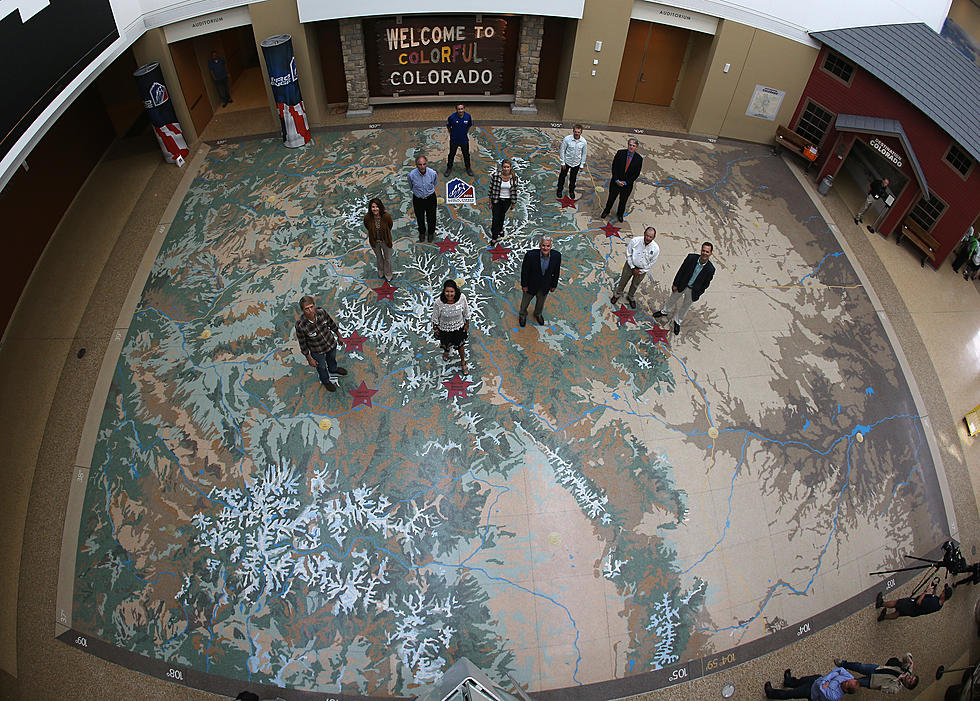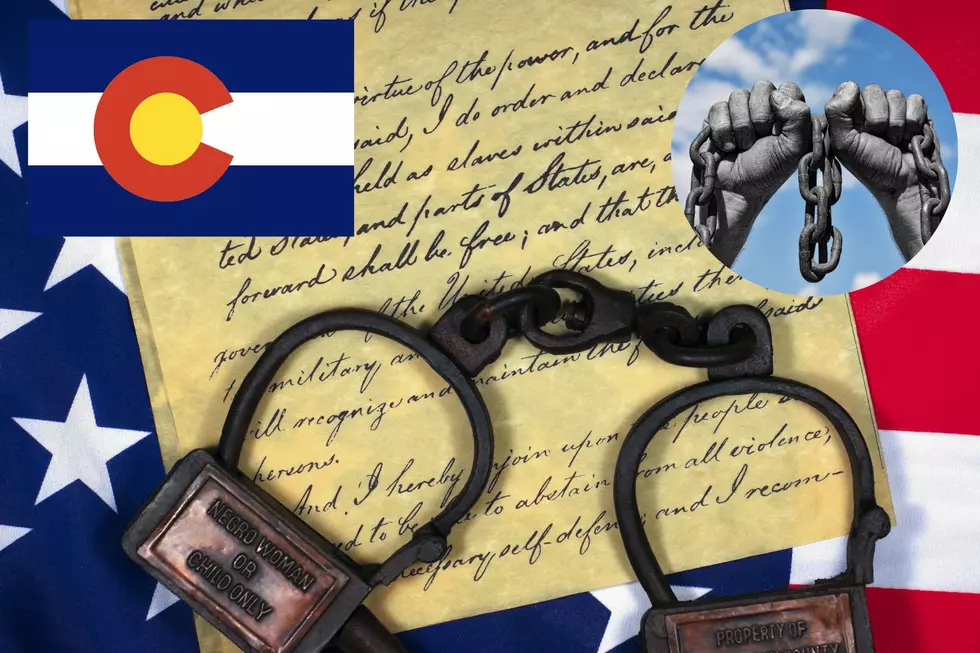
8 Facts You May Not Know About the Pledge of Allegiance
Today, December 28 is National Pledge of Allegiance Day. Here are eight things you may not know about America's pledge to its flag.
- The first official flag of the United States was recognized by Second Continental Congress' Flag Resolution in 1777, but it wasn't until 1892 that the first widely recognized and recited pledge to the flag was written.
- The writer of the Pledge of Allegiance is Francis Bellamy, a minister and later an employee in the marketing department of the family magazine 'Youth's Companion.'
- Bellamy wrote the pledge as part of a national school patriotic program for the Columbian Exposition in 1892 which celebrated the 400th anniversary of Christopher Columbus’ arrival in the New World. The pledge was to be recited in unison by school children as a salute to the American flag.
- The original Pledge of Allegiance written by Bellamy was, "I pledge allegiance to my Flag and to the Republic for which it stands: one Nation indivisible, with Liberty and Justice for all."
- In 1923 a National Flag Conference revised the Pledge to change 'my flag' to 'the flag of the United States' to ensure immigrant children knew they were reciting a pledge to the American flag. The 1924 Conference further refined the line adding 'of America' which made the phrase 'to the flag of the United States of America.'
- Congress officially made the Pledge of Allegiance part of the Flag Code in 1945, 50 years after the original pledge was written. Some state legislatures even required school children to recite the pledge at school each day. That action was legally challenged and the Supreme Court ruled children could not be required to recite the Pledge of Allegiance at school.
- Following a significant amount of lobbying by various groups, Congress approved a bill to add the words 'under God' to the pledge and President Dwight D. Eisenhower signed the bill into law on June 14, 1954. The addition was challenged as a breach of the Constitution's separation of church and state. Proponents of the change argued the words under God were not religious because they only recognized divine guidance of the country and not a religion.
- The current Pledge of Allegiance, still being challenged today, remains the same as that signed into law in 1954 by President Eisenhower. It is,
I pledge allegiance to the flag of the United States of America and to the Republic for which it stands, one Nation under God, indivisible, with liberty and justice for all.
More From Mix 104.3









